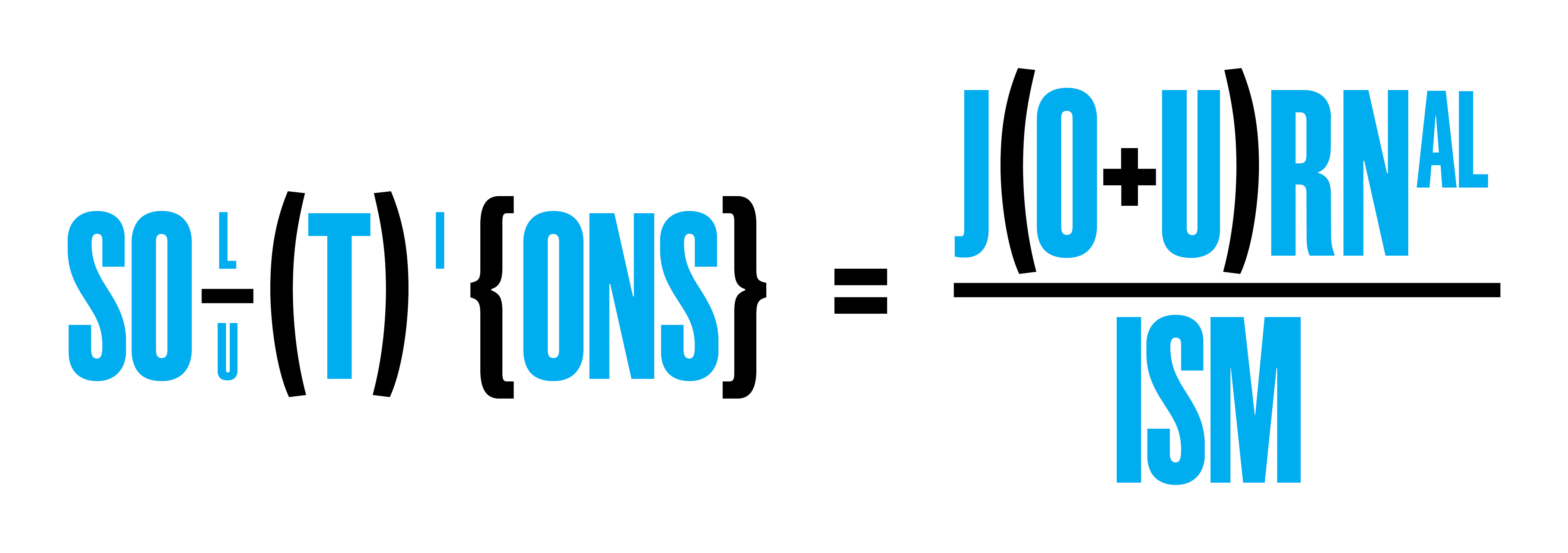
Is Solutions Journalism the Solution?
- December 17, 2021
- 0

Journalists make careers out of covering the symptoms and causes of bad urban public schools, writing tragedies about students falling through the cracks, scoring scoops from school board investigations, and chasing scandals alongside concerned parents, angry teachers unions, and others. The Seattle Times and the Solutions Journalism Network took a different approach.
Reporters and editors at the Times’ Education Lab team felt their audience was desensitized to the laundry list of challenges facing schools in Washington State. Unruly teenagers, poor performance among low-income students, and high dropout rates weren’t news to anybody anymore.
So the team flipped the script on education reporting. Instead of identifying the worst schools in the region and explaining why they were failing, they set out to find the schools that were improving and ask how their educators and students excelled despite poverty, crime, and other challenges. Instead of reporting on the problems in the schools, they would cover the solutions. “[W]e’ve committed to … telling you about some of the places that appear to be doing things right,” wrote Seattle Times editor Kathy Best when she launched the Lab with the Solutions Journalism Network in October 2013. “Our hope is that rigorously examining the elements of success might help spread them.”
Answering that mandate, Education Lab reporter Claudia Rowe dove into classroom discipline—a large part of most teachers’ jobs—and discovered how a few local schools had cut suspensions by engaging closely with students who behave badly rather than ostracizing them.
The Kent School District in suburban Seattle adopted a softer touch in disciplining students, for example, opting for in-school suspensions where students study instead of kicking them off school property, and training security guards to act as mediators as well as rule enforcers to cut down on the extreme behavior that leads to harsh discipline. One Kent middle school brought in two new assistant principals to deal with student behavior, and now calls its detention hall the “Focus Room,” to reflect an emphasis on students keeping up with classwork. Critics said the new policies amounted to warehousing students, but advocates of the new approach cited national research that found that draconian out-of-school suspensions resulted in the worst students often giving up on school entirely. Kent schools went from battling an NAACP lawsuit for handcuffing and pepper-spraying students to cutting suspensions by more than 30 percent, The Seattle Times reported.
In another story, Big Picture High School instituted a policy called “restorative justice” that showed great potential to reduce discipline problems. Under restorative justice, suspended kids remain in school but don’t just go to study hall. They answer for their infractions in person before a special forum of teachers and students, a meeting that’s a combination of a group intervention and peer counseling session, and complete reading and writing assignments that force them to reflect on their behavior. Teenagers opening up emotionally to adults and peers improves their behavior dramatically, according to educators. The Seattle Times reported that Big Picture High had only assigned eight days of suspension as of January, compared to 700 a year before they implemented restorative justice.
The numbers were only part of the story, however. Rowe portrayed a school where teachers and administrators genuinely touch students’ hearts. One Big Picture student wept in front of her teachers and classmates as she discussed her marijuana use. “It’s a lot harder than a regular suspension,” the 18-year-old girl, who had been kicked off campus for discipline at other schools, told Rowe. “You can’t run from anything, and to have people talking good about you, telling you they’re truly disappointed—it hurts. It was kind of overwhelming, actually.”
Big Picture High School reducing its suspension rate through the restorative justice program is what the nonprofit Solutions Journalism Network calls a “positive deviant”—an example of people or policies that defy trends with beneficial results. The term plays a key role in so-called solutions journalism, a concept that’s gaining currency, as evinced by work being done at the Network in partnerships with the Education Lab and others. Advocates define it as the opposite of negative news, but hesitate to label it exclusively as positive. Rather than pointing out solely what’s wrong with the world—think political gridlock, war, terrorism, and catastrophic climate change—solutions journalism aims to show how people are making things better.
David Bornstein, a co-founder of the Network and coauthor of the Fixes blog in the Opinionator section of The New York Times, cites three trends that illustrate why solutions journalism has come of age: the proliferation of businesses, nonprofits, and other institutions alleviating social ills; the explosion of online information that allows people tired of negative news to avoid the mainstream media; and journalists’ desire to cover positive social change and reach more readers. “For journalism to help society self-correct, it’s not enough to be a watchdog to increase awareness or produce outrage about problems,” says Bornstein. “We need new and better recipes. For society and also for journalism to thrive, it needs to be regularly highlighting with rigor new ideas and models that are showing results against our most pressing problems.”
Founded in New York in 2013, the Network’s function is largely educational. Its staff of 12 held training seminars for 370 journalists in 20 newsrooms last year, according to its annual report. But the group also has secured grant funding for projects like Education Lab, surveys on readers’ receptiveness to solutions journalism, and new initiatives to compile reporting and data on successes in reducing violence and improving healthcare. Early this year, the group received funding for a schools coverage project with The Boston Globe that’s in its early stages.
The approach is not a call for feel-good stories. The motivation for The Seattle Times’s Education Lab, for example, stemmed from serious concerns about the future of news, Best says. She and other editors were growing tired of duds—the epic journalism projects that take long periods to complete but more often than not deliver little social impact when they hit the newsstands. “There’s been for years this definition of investigative reporting: ‘We will spend a year so that we can tell you in full and florid and depressing detail about all of the aspects of this major societal problem and maybe on the very last day we’ll do a 30-inch story on how we’re going to fix it,’” says Best. “That hasn’t worked necessarily. For many people, they start reading it and they become too depressed and they stop.”
Best acknowledges that hardcore investigative reporting is still central to journalism’s role as a watchdog. She never intended Education Lab to ignore the problems facing Seattle-area schools. She wanted to showcase the successes in tackling those problems to jumpstart conversations among parents, teachers, and policymakers. “We did not get into this because we thought there were too many negative stories,” says Best. “We did get into it because we thought there were too many negative conversations. People had become too polarized over education issues.”
Bornstein doesn’t want good news for good news’ sake, either. Stories have to pass a threshold to qualify as solutions journalism. At a minimum, they need to identify social ills and potential remedies to them. They need to include the voices of people who have seen those remedies at the ground level. They must include evidence about whether the remedies work, and report any caveats or limitations associated with them. The Network even put together a list of “imposter” solution stories, like “hero worship” pieces that glorify individuals but pay too little attention to causes or animal rescue stories that are entertainment.
Bornstein stresses that journalists must obtain data that shows how a solution is working. Data inoculates reporters against charges they’re giving favorable coverage to a group because of its political affiliation, for instance. The only bias in solutions journalism should be toward evidence, says Bornstein, and the facts should speak for themselves like in any other news story. “We feel very strongly that you can report on responses to social problems in a very rigorous manner without telling readers, ‘This is the best response’ or ‘You should go out and do something about this,’” he says. “I don’t feel comfortable with journalists necessarily urging readers to act.”
That line can be hard to distinguish. Media coverage grants legitimacy and authority to solutions, potentially to the exclusion of other fixes that reporters or their sources never encountered—an easy oversight on big, complicated topics like healthcare, clean water and other global issues, says Arizona State University journalism professor Dan Gillmor. Gillmor wonders if journalists might compromise their objectivity when they approach a story with the goal of proving that a specific solution is valid. “The journalist goes into the topic with some sort of outcome in mind,” says Gillmor. “That’s fine if you are looking for examples of agreement.”
The MIT Center for Civic Media’s Ethan Zuckerman believes the proponents of solutions journalism are trying too hard to distance themselves from advocacy. He co-founded a citizen journalism website, Global Voices, in part to advocate for freedom of expression. To Zuckerman, purposefully motivating readers to act on the issues raised in stories is perfectly respectable—indeed, necessary. As confidence in the mainstream media ebbs, why shouldn’t top-notch journalists tell audiences how they might become involved in an issue that energizes them. “What Bornstein is actually doing is essentially saying, ‘Let’s find the problem solvers and let’s do traditional journalism stories about them. Let’s look at them with caution and scrutiny. Let’s evaluate their claims,’” says Zuckerman. “Is it enough that we find a solution if it is a solution that our viewers or our readers can’t be a part of? For me, that’s the most challenging feature of this. Can we give our readers something positive and constructive they can do?”
[“source=niemanreports”]




















